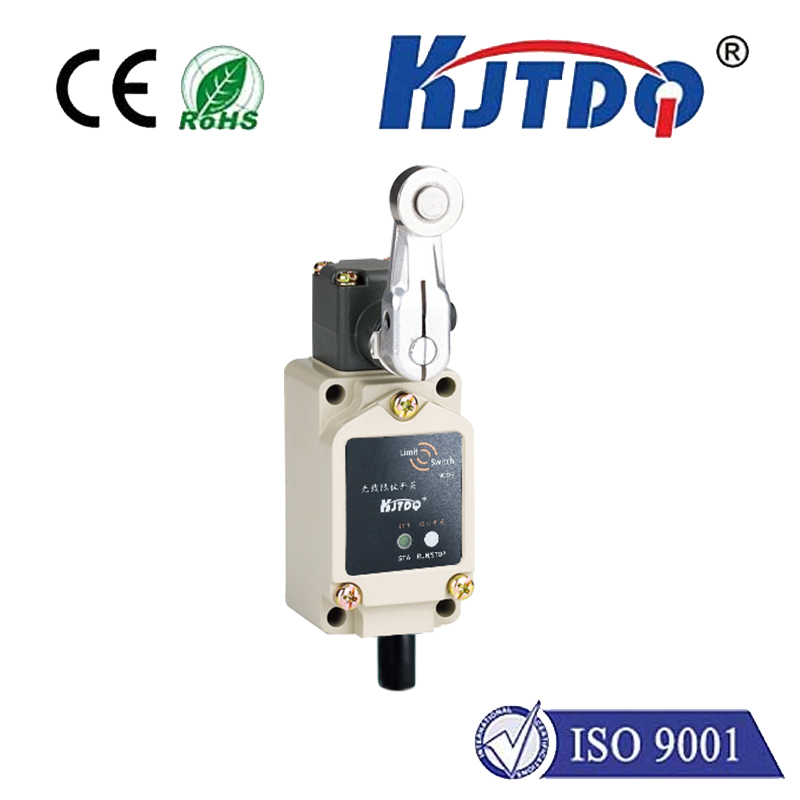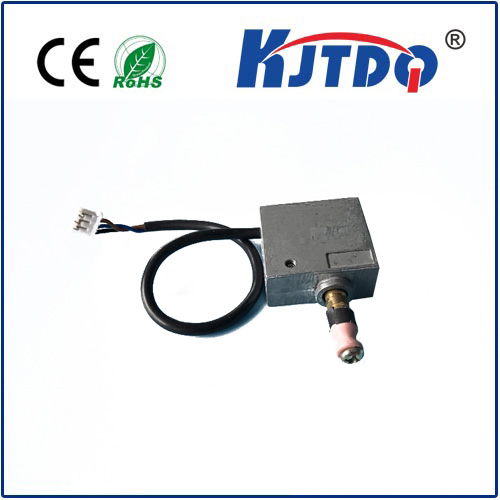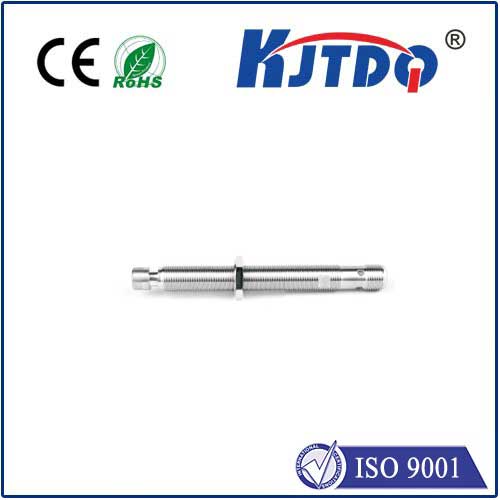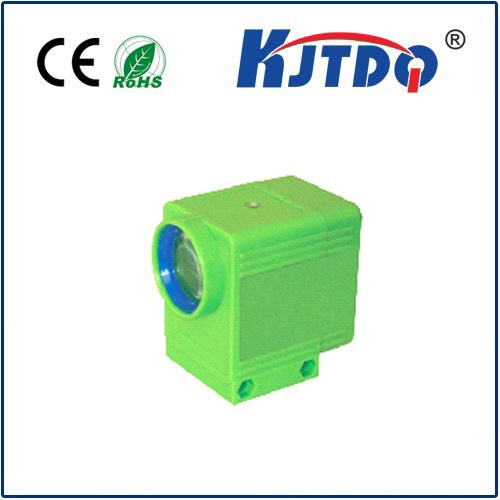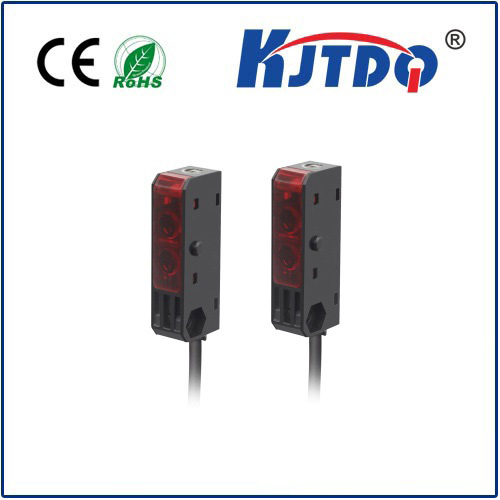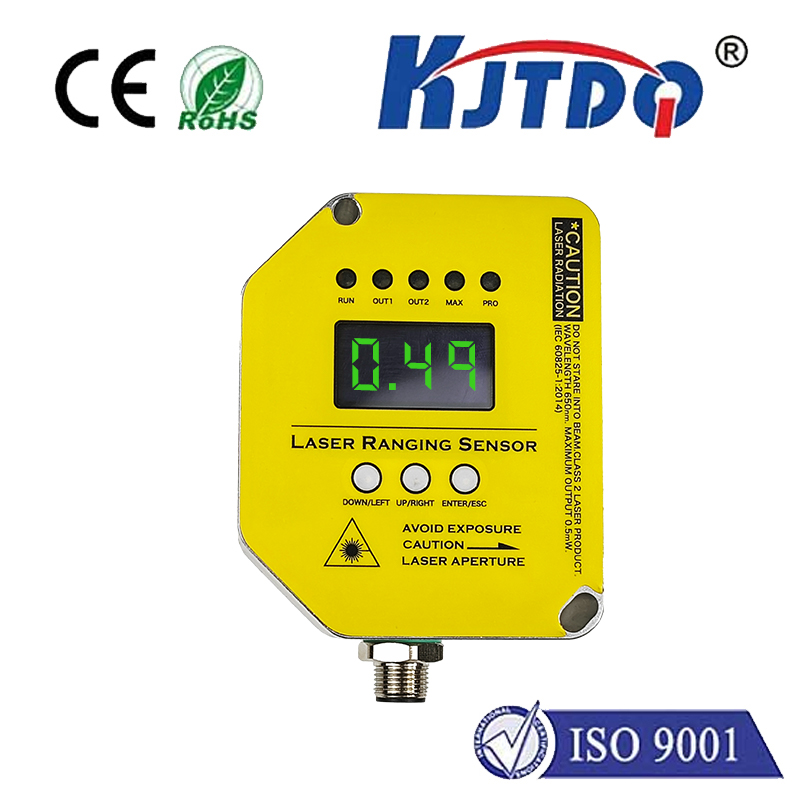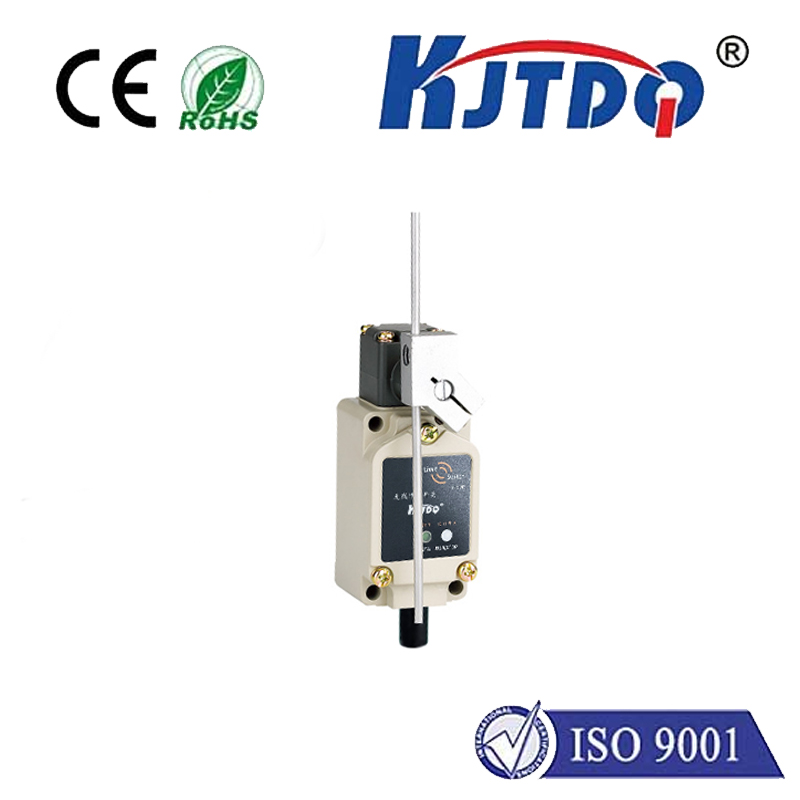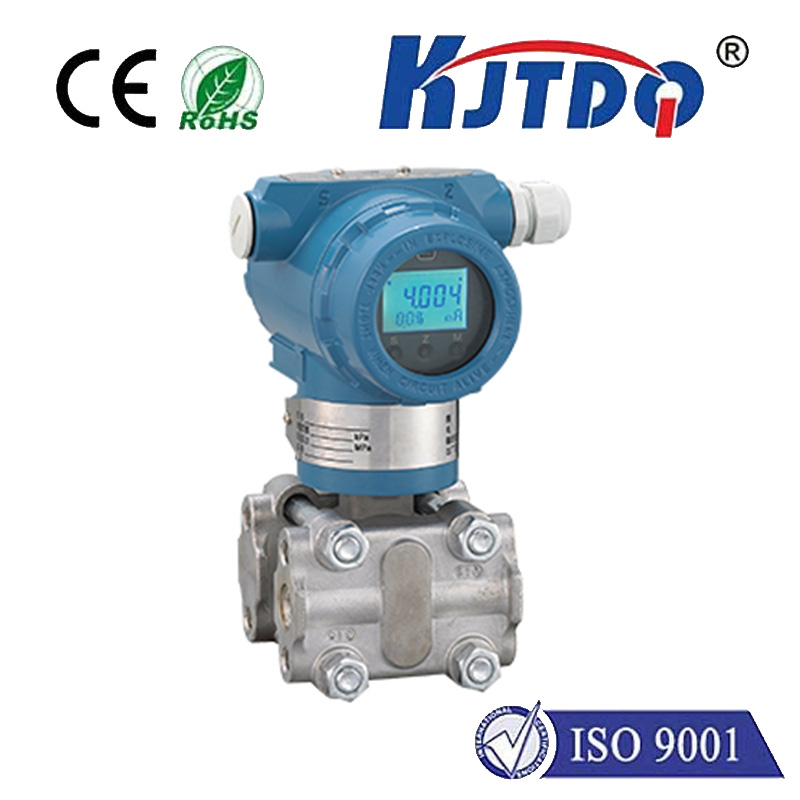
check

check

check

check
In an ever-evolving business environment, companies are constantly seeking ways to gain a competitive edge. One technology that has emerged as a game-changer in recent years is proximity automation. By using advanced sensors, machine learning algorithms, and other cutting-edge technologies, businesses can now automate many processes that were previously time-consuming and labor-intensive. This has led to significant improvements in efficiency, productivity, and customer satisfaction.
At its core, proximity automation involves using sensors to detect the presence of objects or people in a particular area. These sensors can be placed throughout a facility, on equipment, or even on employees. When a person or object enters the sensor's range, the system automatically activates and performs a specific action. For example, if a employee enters a certain zone, the system could trigger a notification or log their arrival time. If an object falls off a conveyor belt, the system could automatically alert operators and prevent damage.
One of the key benefits of proximity automation is its ability to optimize workflows and reduce costs. By automating repetitive tasks, such as inventory management or maintenance checks, businesses can free up valuable time and resources for more strategic initiatives. Additionally,proximity automation can help identify areas where processes can be streamlined or improved. For example, by analyzing data from sensors placed throughout a facility, businesses can identify bottlenecks or inefficiencies in their supply chain and take steps to address them.
Another advantage of proximity automation is its potential to enhance customer experiences. By using sensors to monitor customer behavior and preferences, businesses can personalize interactions and offer tailored products or services. For example, a restaurant might use sensors to track the movement of customers and adjust seating arrangements accordingly to improve the overall dining experience. Similarly, a retail store could use sensors to analyze foot traffic and adjust product displays to optimize sales.
Of course, implementing proximity automation requires careful planning and consideration. Businesses must ensure that they have the necessary infrastructure in place, including sensors, software, and data analytics tools. They must also invest in training employees to use these technologies effectively and ensure that they are compliant with relevant regulations and standards.
Despite these challenges, proximity automation holds immense promise for transforming the modern business landscape. By leveraging cutting-edge technologies to drive efficiency, innovation, and customer satisfaction, companies can position themselves for long-term success in an increasingly competitive market.
